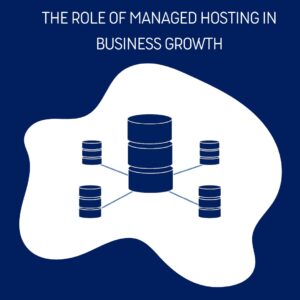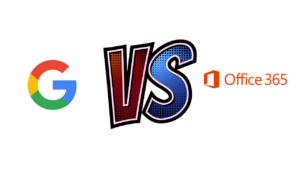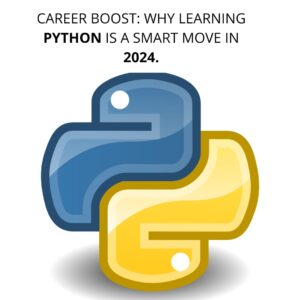In the always-changing world of coding languages, South Africa has seen a big rise in tech use, impacting programmer and business likes too. As we enter the year 2024, a significant issue arises: Will Python continue its absolute supremacy in the South African programming landscape?
Python, known for being extremely simple and versatile, has undoubtedly played an important role in South Africa’s programming scene. Guido van Rossum designed this magnificent programming language in 1991.
It has become the top coding language for many uses, like making websites, working with data, and making smart computers. (Fran, 2021) Python’s fame comes from how easy it is to learn, a big library of tools, and its ability to change with new tech.
One important indicator of a programming language’s popularity is its demand in job sectors. According to CodingNomads research, Python has not only retained its status, but has also emerged as the most sought-after language in South Africa. (Dube, 2023) Job listings on networks such as LinkedIn demonstrate a significant demand for Python experience, which extends beyond the bounds of digital huge companies and affects a wide range of businesses. This ubiquity emphasizes Python’s adaptability to a wide range of jobs, solidifying its status as a popular language for developers.
The South African technology scene has seen a surge in interest in data science and artificial intelligence, which has strengthened Python’s position. The language’s strong libraries, which include NumPy, Pandas, and TensorFlow, make it the preferred language for professionals working with big data, machine learning, and artificial intelligence. Python’s straightforward syntax allows for speedy prototyping and experimentation, making it a perfect tool for data scientists and researchers negotiating the complexity of these areas.
While Python enjoys its popularity, the South African programming scene is not without competition. Java, with its well-established presence, particularly in Android app development, has a strong foothold. JavaScript, which was originally a client-side language, has expanded into server-side applications via technologies such as Node.js. This heterogeneity gives developers options based on their project needs and personal preferences.
According to a 2022 article, the average developer income in South Africa for 0-2 years of expertise is R22 411 a month for Python, making it the second-best starting language. The best is to go with R26 071 per month. (Nel, 2022) As South Africa’s economy diversifies, industry-specific demands increasingly shape programming preferences. Languages such as COBOL remain important in business and finance systems, emphasizing the importance of matching programming abilities to the needs of individual industries.
“According to Future Learn’s data study, Indeed.com has over 14,000 job posts as of 2022, nearly doubling the number of listings for Java, and this trend is expected to continue in the next years. According to HyperionDev (2022), the PYPL (Popularity of Programming Language) Index ranks Python first. Python’s attractiveness extends beyond professional settings and into the sphere of education. Its readability and simplicity make it an excellent starting point for students and aspiring developers (UTech, 2023). Python’s position is further bolstered by educational programmes and community engagement, which create a strong support system for learners.
Predicting the future direction of programming languages is like swimming uncharted waters. However, Python’s current dominance, combined with its adaptability to emerging technologies, positions it well for the foreseeable future. The language’s ongoing evolution, community-driven development, and widespread use in both local and global contexts all contribute to its robustness.
According to Astoe Company study, the top three programming languages expected to be in demand in 2024 are JavaScript, Python, and Java. JavaScript is the world’s most popular programming language, followed by Python and Java. (Company, 2023)
To conclude this article, in the South African programming industry, Python stands out as a steadfast giant, covering a wide range of applications and disciplines. It’s simple, easy to read, and can change to fit what developers and businesses need. In South Africa, the way people write programs shows a mix of languages that keeps growing and changing. It’s always creating something new and different. Python, being versatile and having a widespread acceptance, continues to be a guiding force, propelling the computing landscape to new heights.
References
Company, A., 2023. An Expert’s Guide to Top Programming Languages for 2024 | Astoe Company. [Online]
Available at: https://www.linkedin.com/pulse/experts-guide-top-programming-languages-2024-astoe-pdxmf/
[Accessed 7 February 2024].
Dube, W., 2023. Top programming languages to learn in South Africa 2023. [Online]
Available at: https://www.rateweb.co.za/news/programming-languages-to-learn/
[Accessed 7 February 2024].
Fran, 2021. What is Python used for? 10 practical Python uses. [Online]
Available at: https://www.futurelearn.com/info/blog/what-is-python-used-for
[Accessed 7 February 2024].
HyperionDev, 2022. Top 5 Highest Paying Programming Languages. [Online]
Available at: https://blog.hyperiondev.com/index.php/2022/06/14/top-5-highest-paying-programming-languages/
[Accessed 7 February 2024].
Nel, J., 2022. The Earning Potential of South Africa’s Most Desired Backend Languages 2021. [Online]
Available at: https://www.offerzen.com/blog/the-earning-potential-of-south-africas-most-desired-backend-languages
[Accessed 7 February 2024].
UTech, 2023. The Importance of Python Programming for Children in Today’s Digital Age. [Online]
Available at: https://www.linkedin.com/pulse/importance-python-programming-children-todays-digital-age-utech98/
[Accessed 7 February 2024].






